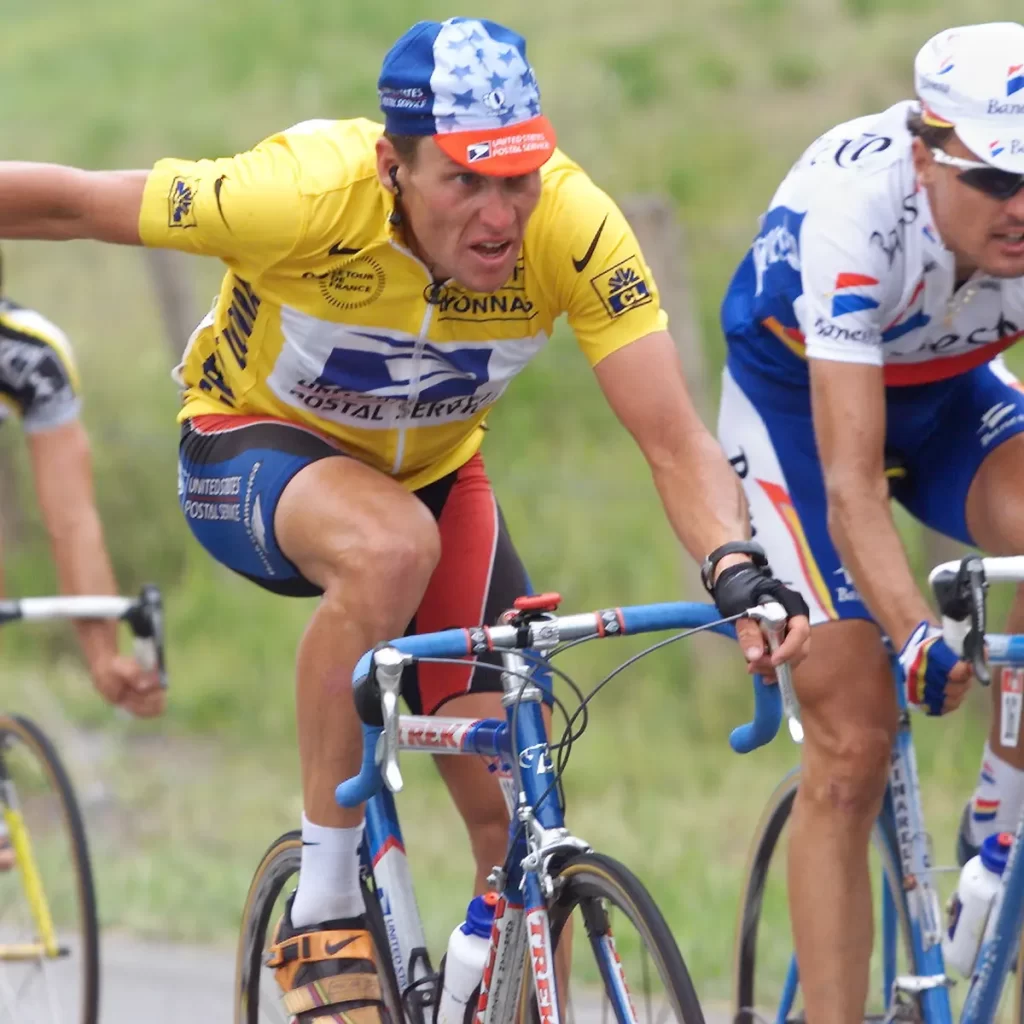How Lance Armstrong Got Started in Biking

Armstrong’s win of the Tour de France in 1999 marked a turning point for cycling as he triumphed against testicular cancer to capture its most coveted race. Additionally, Armstrong campaigned tirelessly for cancer awareness and established a foundation that supported his cause.
CBS conducted an investigative report in 2015 into motorised cheating in professional cycling, with Greg LeMond (three-time Tour de France winner) and Hungarian designer Istvan Varjas – an expert at fabricating hidden motors – both admitting their beliefs in such acts of cheating as having occurred.
Lance Armstrong’s Life
At twelve, Armstrong began his triathlon journey. Soon he was winning races and making money through these competitions, fueling his desire to become one of the finest cyclists ever.
By 1992, Armstrong had accomplished greatness within his profession. He took home a bronze medal for men’s road racing at the Barcelona Olympics and enjoyed many victories during that year alone.
In 1996, he won his second Tour DuPont title and signed a $2 Million contract with French team Cofidis. Additionally, he earned himself a spot on the US Olympic team despite finishing twelveth-place at Olympic Trials.
Armstrong continued his cycling success through 2014 and set new records while also founding the Livestrong Foundation – an organization focused on raising money for cancer research as well as creating the Tour of Hope cycling event that raises funds and awareness about this illness.
Lance Armstrong’s Career
After graduating high school, Armstrong worked at Richardson Bike Mart to earn money and purchase his bike. With encouragement from his mother and support from local competitions, Armstrong took up racing as a competitive sport; enjoying and excelling under its arduous demands.
By 1995, Armstrong had become a rising star. He competed in his inaugural Tour de France race and finished middle-of-the-pack overall; nonetheless he impressed many with his performance, dedicating an 18th stage win to Fabio Casartelli (Motorola teammate who died during race).
The next year, Armstrong won his second Tour DuPont at 24 and signed a two million dollar contract with French Cofidis cycling team. Additionally, he participated in 1996 Olympic Games held in Atlanta Georgia where he came in 12th-place finish; later that same year though he was diagnosed with testicular cancer which spread to lymph nodes and lungs; fighting off this cancerous threat and winning back his place as one of cycling’s elite riders.
Lance Armstrong’s Bike
Armstrong first began competing in bicycle races as a teenager and won his inaugural event. His mother saved money to purchase him a racing bike and encouraged his participation. By age seventeen he was already competing professionally.
After winning some one-day races and signing with Motorola for an attractive salary, he quickly rose into elite cycling circles. That year saw his first Tour DuPont appearance – where he finished an excellent 6th. That year also marked a breakthrough performance and set up further victories ahead.
After his race he was met with questions of possible doping, which he denied. Undeterred, he returned the following year and won the Tour opener – becoming an instant celebrity! In 1997, Lance created his foundation, later named Livestrong, which raised funds and awareness for cancer research and awareness; yellow wristbands bearing his name became an iconic symbol of this fight against cancer, popular both among cyclists and general public alike.
Lance Armstrong’s Death
Lance Armstrong is one of those athletes who constantly feels they have something to prove, whether that be in mountain racing or standing tall with cancer survivors – his face always conveying an aura of unfaltering determination.
Armstrong began competitive cycling at an early age, winning numerous national titles both swimming and cycling. Following graduation from high school he signed onto Motorola Cycling Team; that year, he became their youngest ever World Road Championships winner at just 23 years old!
At that time, he was widely considered to be the greatest American cyclist since Greg LeMond. His confident yet assertive personality–which some Europeans mistook as arrogance–enabled him to rise quickly through the ranks of cycling. By fall 1996 he was seventh in world rankings and considered a serious candidate for Tour de France victory.
